Schedule a Call Back
Manufacturers are Driving Down Rising Energy Bills With Acoustic Imaging
 Articles
Articles- Oct 25,24
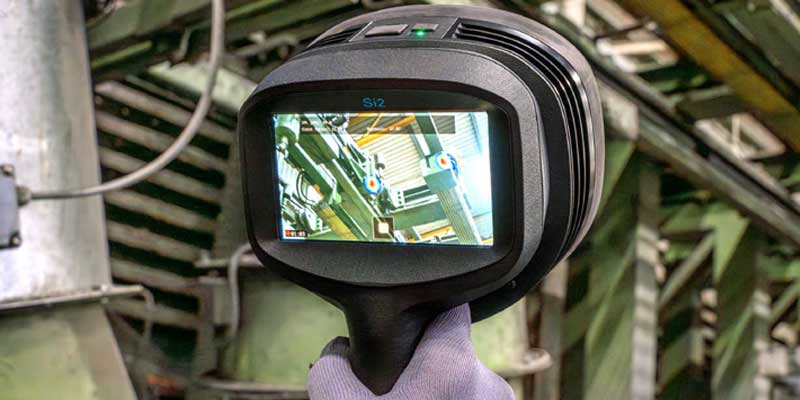
- Effortless one-hand operation: Improves operator safety and reduces potential neck strain.
- Superior sound detection with 124 microphones: Optimized dynamic range helps balance frequency capabilities with how far sound travels (you want your detectors to use the lowest frequencies possible to get the farthest distance).
- Enterprise scalability: Fleet management, cloud data integration, and OTA software updates ensures optimal use in large-scale industrial settings.
- Machine learning capabilities: Allows Si-Series cameras to distinguish sound patterns created by leaks from background noise.
Related Stories
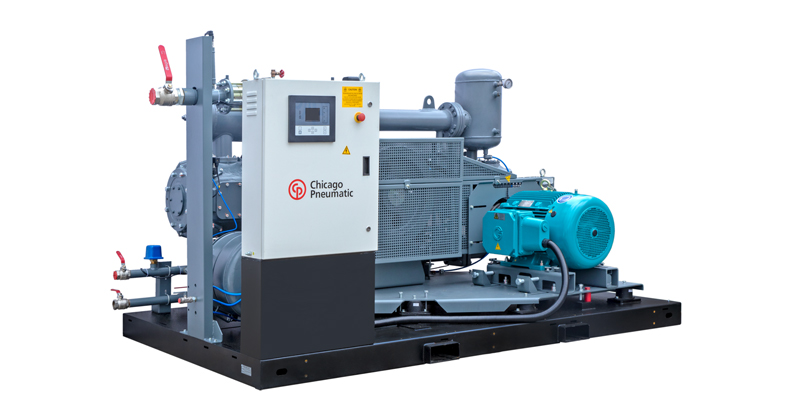
Top eight maintenance tips to extend the lifespan of reciprocating compressors
In this article, Siddhartha Guin, Business Line Manager (CTS), Chicago Pneumatic Compressors, India, shares essential maintenance practices to help extend the lifespan of these vital machines. From ..
Read more
Cost Savings Through Optimising Pump Performance
Optimisation of pump operations, a piece of equipment that is widely installed across industries, offers significant opportunity for cost savings. In this article, Sulzer reveals how optimising pump..
Read more
Schmalz launches FA-X and FA-M vacuum grippers for flexible, efficient automation
Schmalz unveils its new FA-X and FA-M vacuum area gripping systems, designed for flexibility, energy efficiency, and intelligent automation. Ideal for logistics, packaging, and wood processing indus..
Read moreRelated Products
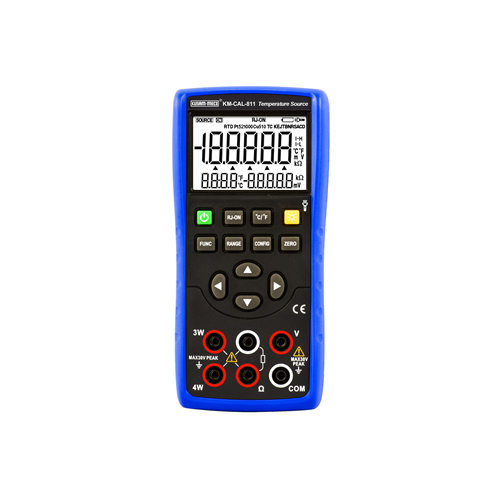
Kusam-meco” 1000v Dc Hand Held Digital Insulation Resistance Tester - Model- Km 372
Kusam-Meco has added a new hand-held digital insulation resistance tester cum digital multimeter for the convenience of electricians.
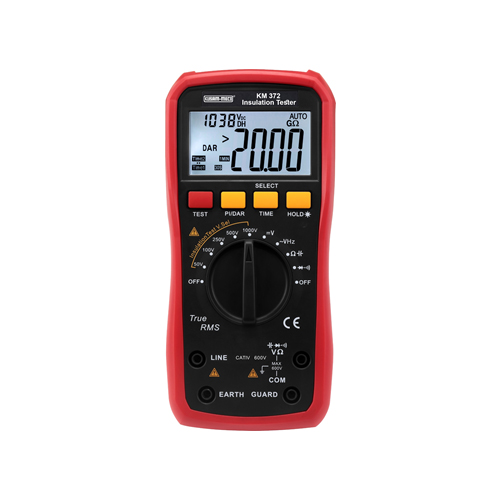
Kusam-meco” 1000v Dc Hand Held Digital Insulation Resistance Tester
Kusam Electrical Industries Ltd offers Kusam-Meco” 1000V DC hand held digital insulation resistance tester - Model- KM 372.
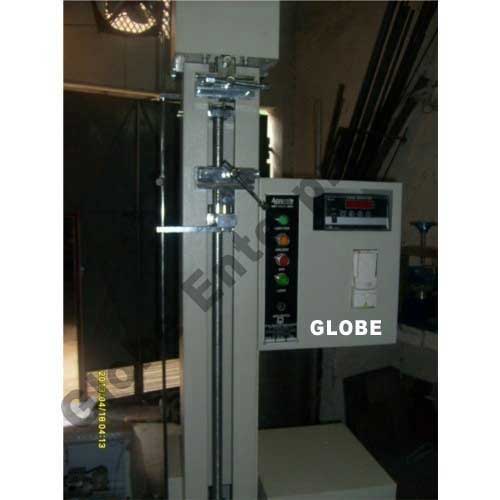
Tensile Strength Tester
Globe Enterprises offers a wide range of tensile strength tester.















